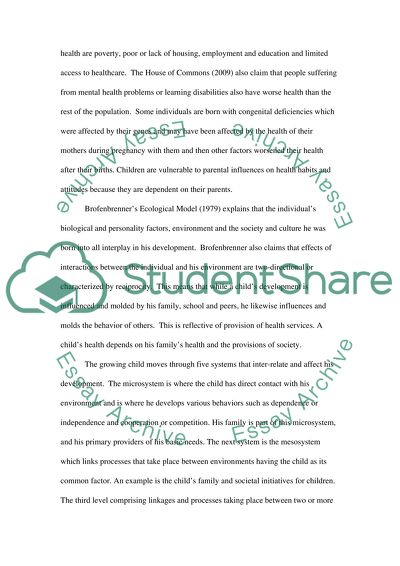Cite this document
(“Inequalities of Health in Childhood Essay Example | Topics and Well Written Essays - 2500 words”, n.d.)
Inequalities of Health in Childhood Essay Example | Topics and Well Written Essays - 2500 words. Retrieved from https://studentshare.org/health-sciences-medicine/1434470-inequalities-of-health-in-childhood
Inequalities of Health in Childhood Essay Example | Topics and Well Written Essays - 2500 words. Retrieved from https://studentshare.org/health-sciences-medicine/1434470-inequalities-of-health-in-childhood
(Inequalities of Health in Childhood Essay Example | Topics and Well Written Essays - 2500 Words)
Inequalities of Health in Childhood Essay Example | Topics and Well Written Essays - 2500 Words. https://studentshare.org/health-sciences-medicine/1434470-inequalities-of-health-in-childhood.
Inequalities of Health in Childhood Essay Example | Topics and Well Written Essays - 2500 Words. https://studentshare.org/health-sciences-medicine/1434470-inequalities-of-health-in-childhood.
“Inequalities of Health in Childhood Essay Example | Topics and Well Written Essays - 2500 Words”, n.d. https://studentshare.org/health-sciences-medicine/1434470-inequalities-of-health-in-childhood.


